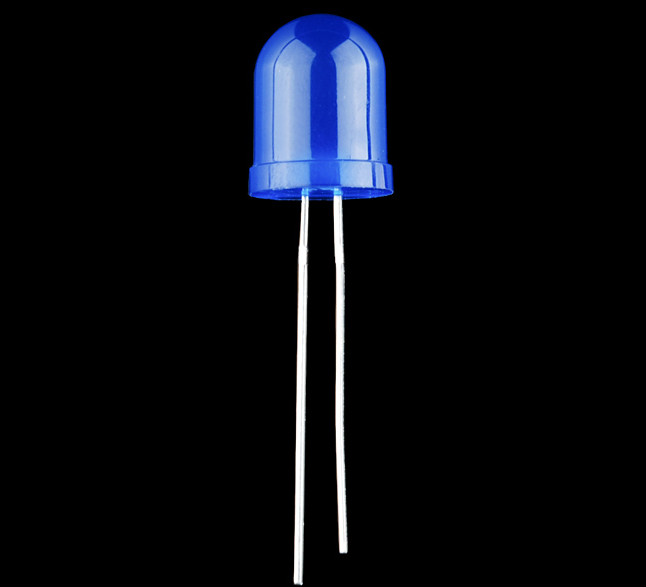Focus on China's cable broadband: EPON dominates market GPON has made significant progress
According to iSuppli, following the first half of 2009 dedicated to expanding the size of 3G wireless users, Chinese telecom operators are now turning their attention to attracting users to use wired broadband, with a particular emphasis on passive optical networks (PON).
Among the three major telecom operators in China, China Telecom is at the forefront of developing wired broadband networks. As of the end of June, China Telecom's PON users have grown to more than 2.7 million, accounting for about 80% of China's overall PON users.
The Ethernet PON (EPON) specification proposed by China Telecom in 2007 has been adopted as a national standard. From the initial stage of EPON testing, equipment manufacturers and chip suppliers have participated in the formulation of this specification, which has laid the foundation for interoperability between fiber terminals and fiber network equipment from different equipment manufacturers and chip manufacturers.
New China Unicom, formed by the merger of China Netcom ’s wired network and China Unicom ’s wireless network, intends to make PON an important part of its broadband strategy. China Unicom lags behind China Telecom in EPON development. However, the new China Unicom released EPON tender in June, which will eventually support 11 million users. iSuppli believes that this tender will attract at least 2.5 million EPON users for China Unicom in 2009.
China Mobile's wired network resources are relatively weak, and it seems that it is not in a hurry to formulate its own PON deployment strategy. As China Mobile lacks a large number of consumer broadband users, it plans to deploy PON equipment to meet the backhaul transmission of enterprise users and base stations and the wireless city plan. So far, China Mobile has not announced a commercial deployment plan. The company's PON testing activities began in 2008, with an overall test scale of approximately 200,000 lines, including EPON and Gigabit Passive Optical Network (GPON) equipment.
Although China Mobile has not yet decided which technology to use, iSuppli believes that GPON is likely to win. China Mobile has been slow to make a decision, mainly because GPON is relatively immature in China. Before determining the technical route, China Mobile is taking a wait-and-see attitude.
GPON made significant progress in China in 2009
In July, the first GPON equipment technology and test specifications were approved by the Ministry of Industry and Information Technology of China. Ericsson, Alcatel-Lucent, Motorola, ZTE, FiberHome, Huawei and UTStarcom participated in the test and managed to overcome the interconnection problems between different GPON devices. iSuppli believes that the release of GPON specifications means that China's GPON deployment has entered a new stage.
However, in the near term, EPON will still dominate the Chinese PON market, because EPON has the first mover advantage. With more than 10 million deployments, EPON can expand and upgrade services. EPON's dominant position in China is forcing equipment suppliers to change product strategies. Shanghai Bell-Alcatel is the Chinese subsidiary of Alcatel-Lucent and only provides GPON products. The company announced that it will begin supplying EPON products in China in the third quarter of 2009. Prior to this, GPON equipment manufacturers such as Alcatel-Lucent, Ericsson, Nokia-Siemens and Motorola only sold GPON equipment.
In contrast to these manufacturers, Chinese manufacturers such as ZTE, FiberHome and Huawei have adopted a more flexible strategy, supporting both EPON and GPON. Therefore, by the end of 2008, domestic manufacturers accounted for more than 95% of the Chinese EPON equipment market. Although there are many strong supporters behind EPON, GPON will start challenging EPON this year.
In terms of equipment, GPON supporters include Ericsson, Alcatel-Lucent, ZTE, FiberHome and Huawei. Chip manufacturers include Broadlight, PMC, CorTIna and Ikanos. In 2009, Broadcom also joined the GPON camp to provide GPON chip solutions. This may put GPON in the best position and make full use of China's broadband growth opportunities.
We are 10mm Blue Through-Hole LED(DIP LED)
For the raw materials, we use the LED chip from Taiwan Epistar, Tyntek, Optotech. The stability of our products have been recognized by all of our custom.
We supply kinds of 10mm Through-hole LED with different wavelength from 365nm to 1550nm, which include the visible LED and the invisible LED.
In this catalog, we mainly introduce the 10mm Blue Through-Hole LED.

For the bringhtness of 10mm blue through-hole LED, we have three level: common bright 10mm blue through-hole LED, super bright 10mm blue through-hole LED and ultra bright 10mm blue through-hole LED.
For the angle of 10mm blue through-hole LED, 15 degrees, 30 degrees, 45 degrees, 60 degrees, 120 degrees are available.
10mm Through-hole LED, we supply 10mm blue LED with water clear lens, 10mm blue LED with diffused lens, 10mm blue LED with blue clear lens and 10mm blue LED with blue diffused lens. In addition, the shape can be 10mm round LED without flange(fringe), 10mm short head LED, 10mm bullet top blue LED, 10mm round blue LED with flange ect.
10mm blue Through-hole LED widely used for blue sign, display LED, indicator LED, die hole LED and 10mm round blue with lamp holder because of the high brightness and the small size.
10mm Blue Through-Hole LED
10mm Blue Through-Hole LED, Super Bright 10mm Through-Hole LED, Oval Through-hole 10mm LED, Square Blue Through-Hole LED
Shenzhen Best LED Opto-electronic Co.,Ltd , https://www.bestsmd.com